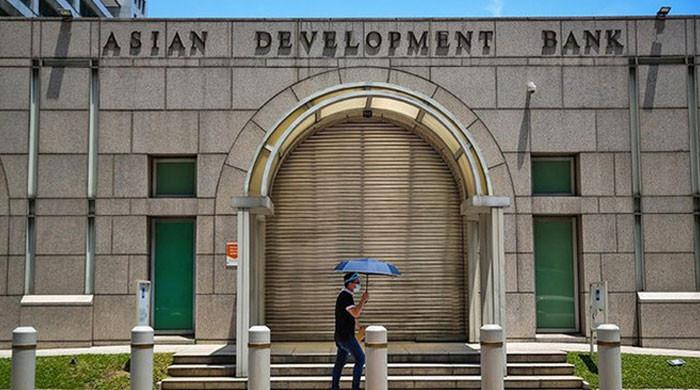- India secured 20% funds, projects almost reached 75% target.
- 55% of total projects in 10 countries were climate-tagged.
- ADB’s climate finance totalled $40.2 billion during evaluation period.
ISLAMABAD: Pakistan has received the lowest climate financing of merely 5% in the last decade, an independent assessment report by the Asian Development Bank (ADB) on climate change from 2011 to 2020 revealed.
According to The News, the report was based on an assessment done in the past decade, with Maldives making it to the top spot by clinching 39% of total available funds. Meanwhile, India secured 20% climate financing.
Undertaken on the basis of case studies from 10 countries, the report mentioned Maldives registering the highest share of climate finance to total lending.
“At the other end of the scale, Pakistan received the lowest share (5%). In terms of the number of projects, the share of climate-tagged projects to total projects was highest in India, which almost reached the 75% target, followed by the People’s Republic of China (PRC) (65%) and Bangladesh (64%). Overall, 55% of the total projects in the 10 countries were climate-tagged,” the report stated.
ADB’s climate finance totalled $40.2 billion over the evaluation period and increased steadily by volume and number of projects. Overall, the $40.2 billion of climate finance represented 12% of the $348.8 billion in total ADB lending during 2011–2020. Support for sovereign operations dominated at 79%, with non-sovereign operations comprising 21% of the portfolio.
Annual climate finance grew from $2.7 billion in 2011 to $7.0 billion in 2019, but slipped to $5.3 billion in 2020 due to COVID-19. The number of projects with climate finance elements increased by almost 60% from 58% projects in 2011 to 92 in 2020.
A total of 18 climate-tagged projects were also considered to have responded to the COVID-19 pandemic, mostly as adaptation finance (67%). Geographically, much of the support went to South Asia ($15.7 billion, 39%) while the Pacific received the least ($942 million, 2%). At the country level, India and the PRC accounted for 42% of the total lending, India with the largest ($9.7 billion, 24%) followed by the PRC ($7.4 billion, 18%).
Mitigation dominates financing and these projects mainly take place in the energy and transport sectors. For 2011–2020, total mitigation finance amounted to $31.5 billion, or 78% of the total climate finance. Mitigation finance is dominated by the energy sector (60%), although there has been a recent significant upward trend in the transport sector.
The evaluation of performance included an assessment of 61 closed projects and a structured review of a larger sample of 250 new and older projects. Of the 36 closed and validated projects with climate financing, 81% were successful in achieving the project’s objectives.
The structured review of a larger sample of 250 new and older projects (37% of the climate portfolio) facilitated the assessment of the relevance of climate change objectives and project design. Fewer than 15% of projects contained transformational design elements; most were incremental in their ambitions.
The added value of ADB climate projects was highest for their scaling-up potential and use of applied knowledge, and lowest for their use of high-level technology or innovation. The percentage of projects with climate risk assessments increased from 38% in the old cohort (approved in 2011–2015) to 70% in the new cohort (approved in 2019–2020). About half of the mitigation projects had indicators at the outcome level. In adaptation projects, indicators at the outcome level dropped from 43% in the old cohort to 28% in the new, while output indicators increased from 52% to 59%.
The Pakistan Country Partnership Strategy (CPS) final review validation found that the CPS, 2015–2019 was committed to clean energy, disaster risk management, and mainstreaming of environmental and climate change considerations but it also noted that achievements had been mixed.
The government had requested assistance from ADB to implement its national climate change policy and particularly to develop climate change mitigation and adaptation strategies to reduce GHG emissions. However, the impact of renewables on the energy mix was still quite small and was hampered by the absence of a clear government policy on solar and wind power. Adaptation measures related to flood and disaster risk management had mixed progress.
In contrast, the ADB has not yet met the $2 billion annual adaptation finance target. Total adaptation finance during the period amounted to $8.7 billion, 22% of the total climate portfolio.

